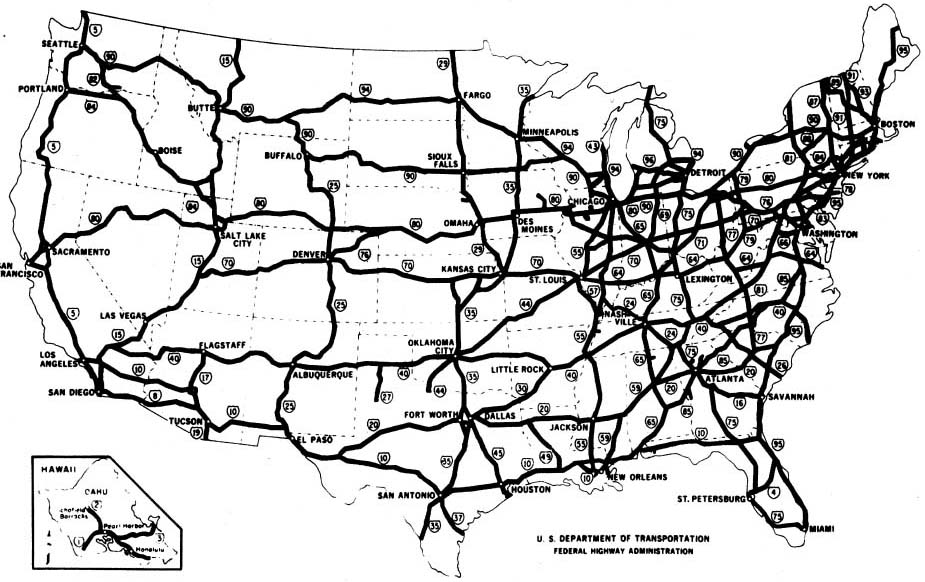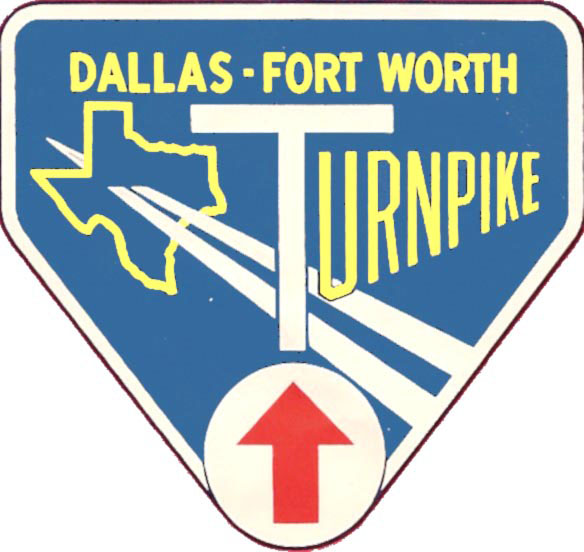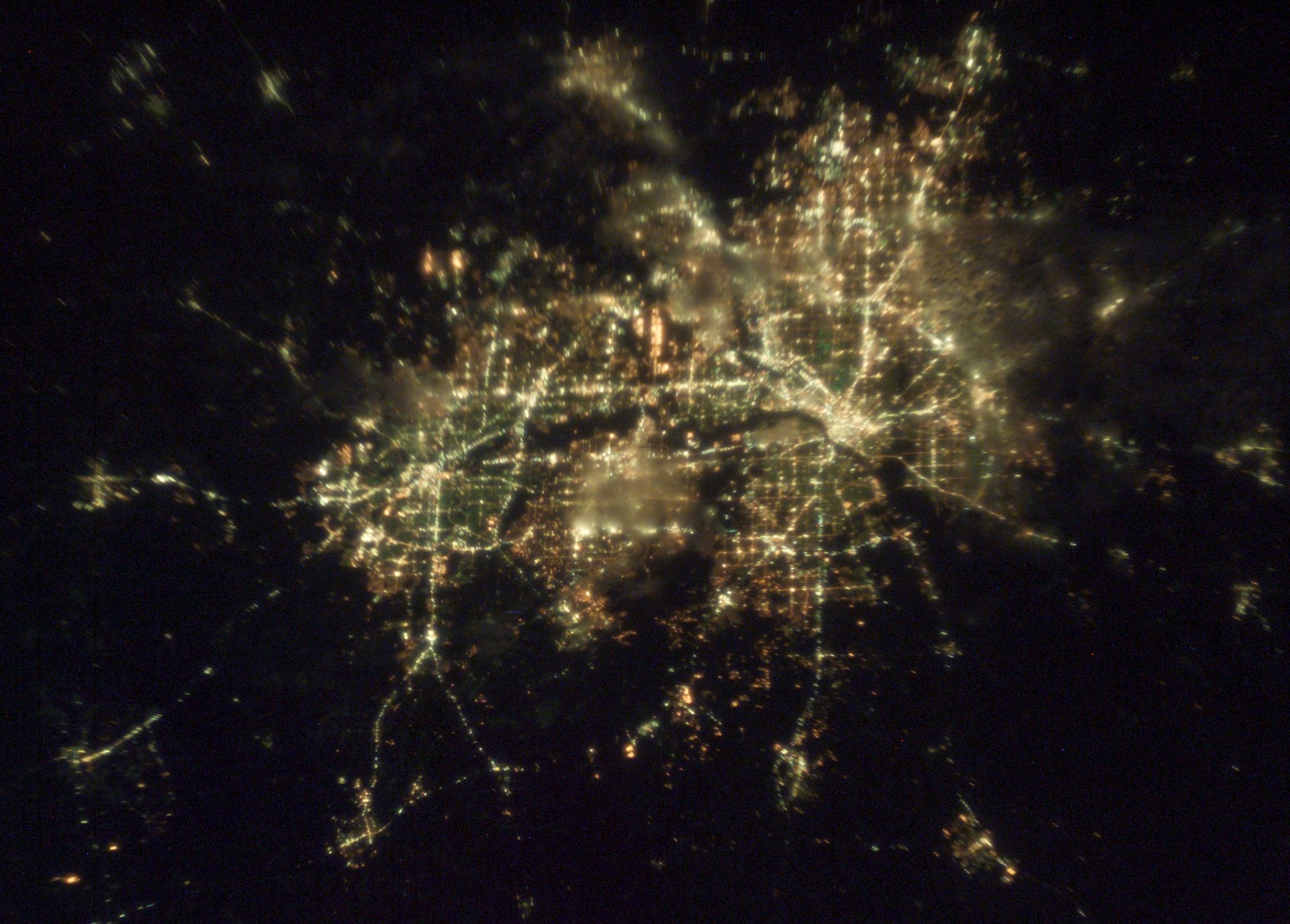On
1 August 2007, the I-35W bridge
crossing the Mississippi River in Minneapolis, MN collapsed during the
evening hours. 100 vehicles were involved in the bridge collapse. One the
vehicles involved a school bus carrying 63 children returning from a field
trip.
13
people were killed. Within the first 40 hours, 11 area hospitals treated 98
victims. 22 of them were children. In May 2008, the state of Minnesota reached
a $38 million
settlement
to compensate the victims.
At
the time of the collapse, the roadway was undergoing a repaving project. The
bridge was given a sufficiency rating of 50 out of 100 and rated as
"structurally deficient."
A
new bridge, the I-35W Saint
Anthony Falls Bridge,
was built in its place and opened to traffic on 18 September 2008.
Now
another bridge along one of the major north-south interstates has collapsed
into a river. This time a portion of a
bridge collapsed into the Skagit River along I-5 north of the
town of Mount Vernon, WA. The cause of the bridge collapse was due to truck
carrying an oversized load struck one of the support beams. The truck had a
permit to carry oversized loads.
3
people were injured in this accident.
In
2004, my dad was my co-pilot while I was moving from the East Coast to meet my
ship in Washington. I drove the first leg from Charleston, SC to Dallas by
myself and then my dad rode with me the rest of the way. One of the things he
pointed out to me on our trip was that we have roads that need fixing and he
was right.
And
he is still right to this day.
 My
father was born in 1961. Five years before that Congress passed the Federal Aid
Highway Act of 1956
and it was signed by President Dwight D. Eisenhower on 29 June 1956. It was the
largest public works project in America at that time.
My
father was born in 1961. Five years before that Congress passed the Federal Aid
Highway Act of 1956
and it was signed by President Dwight D. Eisenhower on 29 June 1956. It was the
largest public works project in America at that time.
Eisenhower
understood what could be if the nation was interconnected by a system of roads. In 1919
then-Lt. Colonel Eisenhower was part of the Transcontinental
Motor Convoy,
an Army unit that traveled 3,251 miles from Washington, DC to San Francisco,
CA. It was a means to test the mobilization of American forces during wartime
in their ability to cross the country. Eisenhower experienced the delays
caused by poor roads and the damage they did the vehicles on this trek.
Eisenhower
knew what good roads would mean not just for the military but also for commerce
in getting goods and services from small towns to the nation's economic hubs. The
interstate highway system was part of the reason why the United States emerged
out of the Depression-World War II Era (1929-45) as one of the global economic powers.
Because we built a road system that interconnected various cities and the lower
48 states into a larger national network businesses grew, the suburban areas expanded,
and it allowed many generations of Americans to explore the country.
Take
Texas for example. Dallas and Fort Worth were separate cities before the
building of the Dallas-Fort Worth Turnpike, or as we know it today Interstate 30, in
1957. That highway linked the cities together and greatly reduced travel time.
Now the cities and their suburbs almost blur into one another as there are three major east-west freeways that link Fort Worth and Dallas together: the above mentioned I-30, I-20 that runs to the south, and to the north Airport Freeway through the suburbs of Hurst-Bedford-Euless and Irving before linking up with I-35E in Dallas.
Texas
has 9 interstate highways (10, 20, 27, 30, 35, 37, 40, 44,
45)... well.... if you include the auxiliary
routes (35W, 35E,
110, 345, 410, 610, 635, 820) and the future I-69 that's expected
to run from the Lower Rio Grande Valley to Houston and through East Texas into
Louisiana. And I just learned that US-83
connecting Harlingen to McAllen will be designated
Interstate 2. Also, Interstate
69 will split into two branches in The Valley: East (I-69E) will end in
Brownsville and Central (I-69C) will end in McAllen making it the first
interstate highway to have a letter designation since the practice was phased
out in 1980. There is a branch called I-369 which will be on
the west side of Texarkana, TX and travel 115 miles south and intersect I-69 at Tenaha, TX.
I
REALLY hope they double bolt those I-69 signs.
Millions
of drivers (including yours truly) use these highways to get from one end of
Texas to the other ranging from a short drive into Dallas to a road trip down
to Austin to check out the happenings in the Capitol.
Now,
fellow drivers in Texas you've noticed that there are quite a few road projects
going on in our state. In the Metroplex, LBJ/635 is undergoing a project that will
put express lanes
UNDERNEATH the freeway. The interchange north of Dallas-Fort Worth
International Airport
is almost complete. The North Tarrant Express project is well
underway.
Why
is there all this construction between Dallas and Austin on I-35?
Contrary
to popular belief, Texas is a very suburban state. Most of the people in Texas
live in the Metroplex, San Antonio-Austin Area, and Houston Metro. We need
these roads to support our growing population. If you recall, Texas gained FOUR
new congressional districts after the last Census. Texas's population is
growing all right. The 10
US cities with the largest population increase from 2011 to 2012, five are
in Texas: Houston, San Antonio, Austin, Dallas, and Fort Worth.
 And
those cities are on Interstates 10 (San Antonio to Houston), 35 (Dallas-Fort
Worth to Austin to San Antonio) and 45 (Dallas to Houston) comprises the Texas Triangle. There is
also the mini-triangle of Austin-San Antonio-Houston that consists of I-10 and I-35
and US-290, but on the Interstate Highway map the 10-35-45 triangle is very
recognizable.
And
those cities are on Interstates 10 (San Antonio to Houston), 35 (Dallas-Fort
Worth to Austin to San Antonio) and 45 (Dallas to Houston) comprises the Texas Triangle. There is
also the mini-triangle of Austin-San Antonio-Houston that consists of I-10 and I-35
and US-290, but on the Interstate Highway map the 10-35-45 triangle is very
recognizable.
We
need our infrastructure to recognize and support our growing population.
And we
are needing it.... bad.
Most
of the highways in this country are approaching 60 years old. Remember, the
interstate highway system was built starting in the 1950s. Roads and bridges
are exposed to various elements ranging from the weather to cars and heavy
trucks. These things wear down after continual usage.
Almost two
months ago President Obama
was in Miami, FL discussing the importance of infrastructure. He gets why
having quality roads and ports are good for business.
That's
the REAL trickle-down effect on the economy; not the ridiculous notion of that
if we give rich people tax breaks, they'll create jobs. No, what will create
jobs is investing in tangible usage items like roads, utilities, ports, and
other infrastructure projects AND most importantly... maintaining that
infrastructure and that means TRAINING workers in THIS country! Businesses can
trust that American roads are of sound quality and ensure that their goods and
services can get from Point A to Point B without any disruption. They won't
have to spend as much time (and importantly money) on having to repair their
vehicles damaged by shitty crappy low quality and worn out roads.
The
bridge disasters in the last 6 years should not have happened but Republicans were
steadfast in that we don't need to be investing any money in this country and are
now crowing that Americans should embrace austerity. In addition, they enjoy blocking
President Obama's agenda.
Again
one of the largest infrastructure projects that this country saw was created by
Dwight D. Eisenhower, A REPUBLICAN!
Senator
Mitch McConnell (Republican leader, KY) opposed a bill that would
bring America's roads and bridges into the 21st Century. And a bridge spanning
the Ohio River, the Sherman Minton Bridge to be specific, was closed for 4
months in 2011-12. This isn't an ordinary bridge. This bridge carries I-64 into
McConnell's home city of Louisville, KY. I-64 runs from St. Louis, MO through
Illinois, Indiana, Kentucky, West Virginia, and Virginia to its eastern
terminus in Hampton Roads, VA. Hampton Roads, VA is home to one of the largest
US Naval Bases and shipping ports in the country.
At
the time of the bridge closing, 34% of Kentucky's bridges are considered
structurally deficient or functionally obsolete. Upgrades were made to bring
the bridge up to code, but there was an economic loss as traffic had to be
rerouted as a result of the construction.
You
know... if I was the Kentucky Democratic Party I would be running ads about how
Senator McConnell has let their state's infrastructure fall apart. And I would
keep running those ads until 4 November 2014. And then the next day start
running them again but replace McConnell's name with Senator Looney Tunes
Rand Paul as he is up for re-election in 2016.
For
too long we have put off investing in our infrastructure long enough. We are
(both literally and figuratively) at a breaking point.
Instead
of investing money into finding ways to make our roads better in the last 30
years, we invested money into cutting
taxes for the wealthiest 1% which according to the non-partisan
Congressional Research Service's study released in September 2012 they
discovered no evidence that cutting taxes on rich people helps grow the economy.
Eventually
we're going to have to repair our roads and it
will end up costing us more if we continue the practice of pushing back
repairs instead of undertaking a large
wide scale repair and replace project as President Obama suggested.
We
built big things in this country once and we took pride in it.
We
can do it again.








No comments:
Post a Comment